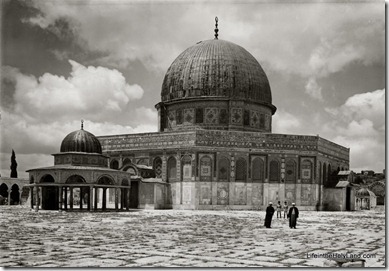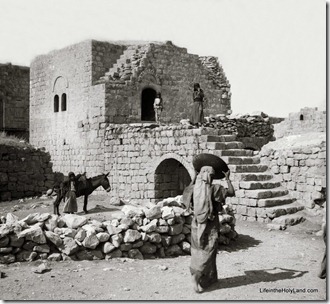For the next month, I will be stepping away from this blog as I begin a series of exams in my studies.
I am very thankful for several friends who have volunteered to contribute to the blog in my absence. I have known these three men for up to 15 years, traveled in Middle Eastern and/or European countries with all of them at various times, and have greatly benefited from their knowledge and friendship over the years. I am grateful for their willingness to serve you and relieve me in the weeks ahead. I would like to introduce you to Chris, A.D., and Seth.
Chris McKinny is finishing up his M.A. thesis at the Jerusalem University College. Last semester he taught full-time at the Israel Bible Extension campus of The Master’s College. Chris has a particular passion for archaeology, and he has spent summers excavating at Tell es-Safi (Gath) and Tel Burna (Libnah?) in the Shephelah of Judah. Chris lives in Jerusalem with his wife Mindy (whose photographic work has been featured on this blog in the past). He blogs occasionally at Seeking a Homeland.
A.D. Riddle is studying ancient Near East history and languages in the PhD program at Trinity Evangelical Divinity School. He recently completed a certificate in GIS and cartography at the University of Wisconsin. A.D. really likes to spend his time around maps and pictures of the Bible Lands. One of his projects was the winner of the 2009 NACIS Student Web Mapping Competition (viewable online here). A.D. is married to his wife of 13 years and has two sons, ages 2 and 4.
Seth Rodriquez recently completed the PhD program in Old Testament Archaeology & History at The Southern Baptist Theological Seminary. His dissertation was a detailed analysis of Iron Age weapons that examined both the biblical text and the archaeological record. He has earned two masters degrees in biblical studies and has studied long-term at both the Jerusalem University College and the Israel Bible Extension of The Master’s College. Seth lives with his wife and three children in northern Kentucky.

